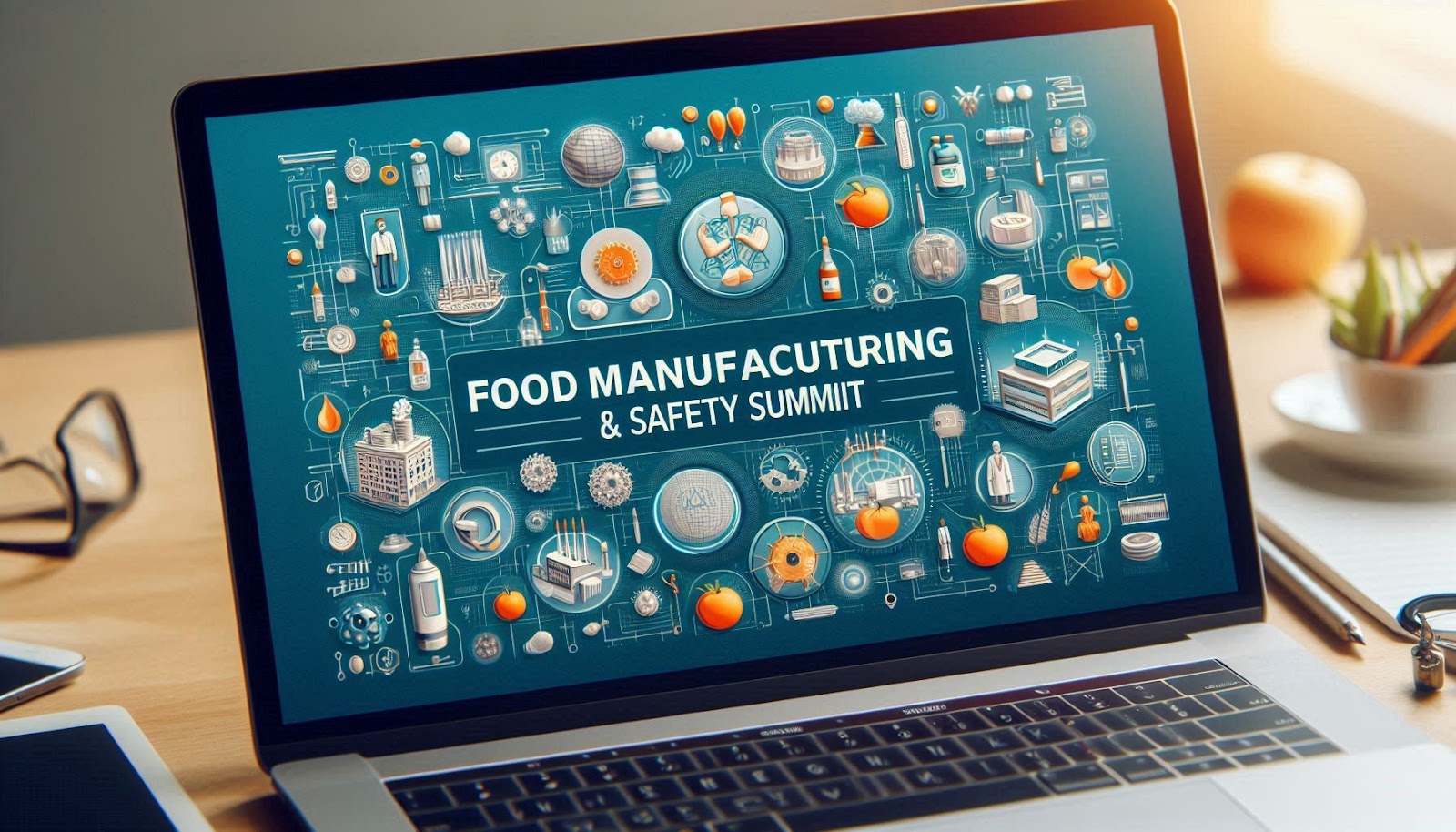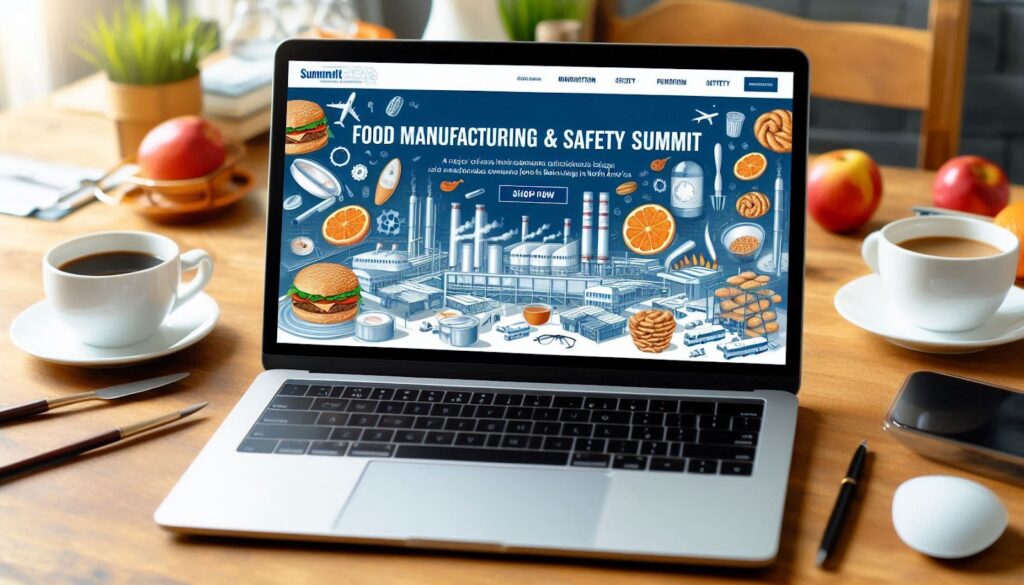
In today’s rapidly evolving B2B food landscape, visual storytelling has emerged as the secret ingredient transforming traditional business relationships. Leading production companies like crftvideo.com are pioneering innovative approaches to showcase food products, manufacturing processes, and supply chain dynamics through compelling video content. This shift represents more than just a trend – it’s a fundamental reimagining of how food industry players connect, communicate, and conduct business in the digital age.
Beyond the Plate: Visual Storytelling in Food Manufacturing
The factory floor has become an unexpected stage for compelling narratives that captivate B2B buyers. Professional videographers are now regular visitors to food manufacturing facilities, capturing the poetry of precision equipment and the choreography of quality control processes. These visual stories transcend traditional product specifications, offering potential buyers an immersive experience that builds trust and understanding.
Food manufacturing companies have discovered that showing their story through video generates 437% more engagement than traditional specification sheets and product catalogs. The ability to showcase stringent safety protocols, state-of-the-art equipment, and skilled workforce in action has transformed how buyers evaluate potential suppliers.
Video content has proven particularly powerful in demonstrating complex manufacturing processes that are difficult to convey through text or static images alone. A recent industry survey revealed that 89% of B2B food buyers reported better understanding of production capabilities after watching detailed facility tour videos.
The human element of food manufacturing, often overlooked in traditional B2B communications, shines through in video content. Stories of master craftsmen, quality control specialists, and innovation teams resonate with buyers who increasingly value transparency and authenticity in their supply chain partnerships.
From Farm to Screen: Agricultural Sourcing Stories
The agricultural roots of food products have become a compelling focal point for B2B video content. Sophisticated drone footage captures the vastness of farming operations, while intimate ground-level filming reveals the careful attention to detail in crop management and harvest practices.
These visual narratives help processors and distributors better understand the journey of ingredients from field to facility. Time-lapse photography of crop growth cycles, combined with expert commentary from farmers and agronomists, creates powerful educational content that builds credibility and trust.
Video documentation of sustainable farming practices and organic certification processes provides valuable verification for buyers increasingly focused on environmental responsibility. Studies indicate that B2B food companies sharing detailed sourcing videos experience a 276% increase in supplier inquiries.
The emotional connection fostered by agricultural storytelling has proven particularly valuable in international trade relationships. When language barriers exist, visual demonstrations of farming practices and quality control measures become universal communicators that transcend cultural differences.
Kitchen Confidential: R&D Innovation Unveiled
The traditionally secretive world of food product development has found new expression through strategic video content. Research and development teams are leveraging video to showcase their innovation processes, testing procedures, and breakthrough moments in ways that captivate potential business partners.
Time-lapse sequences of product development cycles, from initial concept to final formulation, provide fascinating insights into the scientific rigor behind new food products. These behind-the-scenes glimpses into R&D facilities have been shown to accelerate partnership discussions by an average of 43%.
Video documentation of stability testing, shelf-life studies, and quality assurance procedures builds confidence in new product launches. Potential buyers report that seeing these processes in action is 312% more convincing than reading technical specifications alone.
The creative energy of food scientists and culinary experts comes alive through video, humanizing the technical aspects of product development. This approach has proven particularly effective in attracting innovation partnerships, with companies sharing R&D video content reporting a 189% increase in collaboration inquiries.

Digital Taste: Virtual Product Demonstrations
The limitations of physical product sampling have given rise to sophisticated video demonstrations that leverage advanced filming techniques to convey sensory attributes. Slow-motion captures of texture, close-up shots of ingredient interaction, and thermal imaging of cooking processes create compelling visual experiences for B2B buyers.
Professional videographers employ specialized lighting and macro photography to highlight product characteristics that might go unnoticed in traditional presentations. These detailed visual examinations have reduced the need for physical samples by 47%, accelerating the sales cycle and reducing costs.
Virtual product demonstrations have proven particularly valuable in international trade, allowing food manufacturers to showcase their products to potential buyers worldwide without the complexities of shipping perishable samples. Companies utilizing high-quality video demonstrations report a 234% increase in international inquiry-to-sale conversion rates.
The ability to demonstrate product performance under various conditions through video has revolutionized how ingredients and finished products are marketed to professional buyers. Time-lapse studies of stability, consistency, and application versatility provide valuable technical information in an engaging format.
Logistics in Motion: Supply Chain Transparency
Video content has emerged as a powerful tool for documenting and demonstrating supply chain capabilities. From sophisticated warehouse operations to temperature-controlled transportation systems, visual storytelling is bringing unprecedented transparency to B2B logistics relationships.
Real-time video monitoring systems have transformed how food companies communicate their handling and storage practices to potential partners. Companies that provide video documentation of their logistics operations report a 167% increase in trust ratings from prospective clients.
Advanced filming techniques, including drone footage and time-lapse photography, create compelling narratives about the journey of food products through complex distribution networks. These visual stories help buyers understand the investment and expertise required to maintain product quality throughout the supply chain.
The integration of data visualization with video footage has created new ways to communicate complex supply chain metrics. Companies using this hybrid approach report 89% better comprehension of their logistics capabilities by potential partners.
Appetite for Connection: Building B2B Relationships Through Video
The human dimension of B2B food industry relationships has found new expression through video content. From executive interviews to team introductions, video is helping companies build stronger connections with potential partners before they ever meet in person.
Virtual facility tours and team presentations have reduced the average time to partnership formation by 56%. The ability to showcase company culture, expertise, and capabilities through video has proven particularly valuable in an era of reduced business travel.
Video content has revolutionized how food companies maintain relationships with existing partners. Regular video updates, virtual meetings, and documentary-style progress reports create stronger bonds and better understanding between organizations.
The authenticity conveyed through well-crafted video content has become a key differentiator in B2B relationship building. Companies that regularly share behind-the-scenes footage and team stories report 312% higher engagement rates with their business communications.
This multimedia revolution in B2B food industry communication shows no signs of slowing. As technology continues to evolve and buyer expectations shift toward greater transparency and engagement, video content will remain a crucial ingredient in the recipe for business success. The companies that master this medium will find themselves at the forefront of industry innovation, building stronger partnerships and driving growth through the power of visual storytelling.